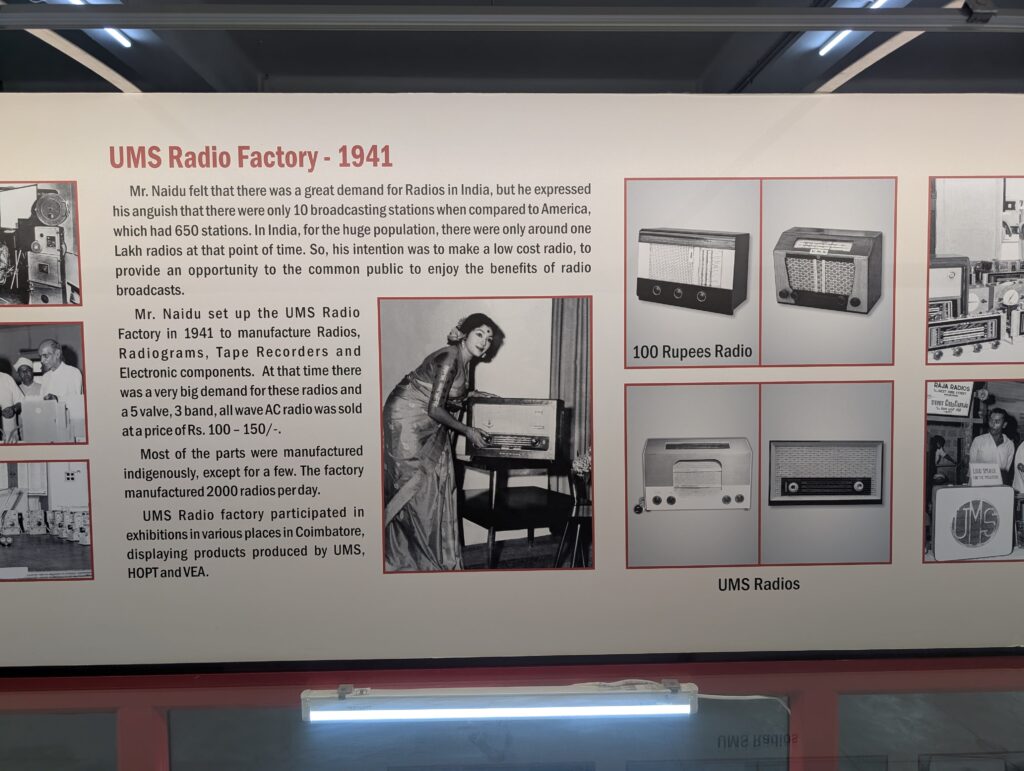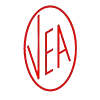Our History
Visual Education Aids was founded and started selling projectors to educational institutions.
After selling 300+ projectors, they saw a decline in demand due to the advent of VCRs. The company pivoted its business model.
1) India under the leadership of Indira Gandhi had tested its first nuclear bomb in May 1974. The sanctions that followed shut the door on imports, pushing the DAE to look for local manufacturers of components.
2) Visual Education Aids had the machines to produce the precision components, including automatically lathes, a rarity then in Coimbatore. VEA Identified an opportunity in the nuclear sector.
Continued Growth: They made seven models of manipulators that can handle reprocessed nuclear fuel, weighing 4.5 to 50 kgs.
A Milestone Achievement: The crowning glory for Visual Education Aids came when it was manufactured at 10 m long periscope for a nuclear reactor at the Indira Gandhi Centre of Atomic Research (IGCAR) in Kalpakkam. The ₹4 crore periscope billed as the first such in Asia was developed in 2011 for the prototype fast breeder reactor to view objects inside the reactor during maintenance.
The company also makes gun position resolvers used in T 72 main battle tanks of the Indian Army.
Diversification: The flipside is that their products do not have a mass market. Sensing this the firm is now focusing on products for regular use, starting with the manufacture of manipulators,special purpose machines, machine components, automation and many more.
UMS Radio Factory - 1941
Mr. Naidu felt that there was a great demand for Radios in India, but he expressed his anguish that there were only 10 broadcasting stations when compared to America, which had 650 stations. In India, for the huge population, there were only around one Lakh radios at that point of time. So, his intention was to make a low cost radio, to provide an opportunity to the common public to enjoy the benefits of radio broadcasts.
Mr. Naidu set up the UMS Radio Factory in 1941 to manufacture Radios, Radiograms, Tape Recorders and Electronic components. At that time there was a very big demand for these radios and a 5 valve, 3 band, all wave AC radio was sold at a price of Rs. 100 – 150/-.
Most of the parts were manufactured indigenously, except for a few. The factory manufactured 2000 radios per day.
UMS Radio factory participated in exhibitions in various places in Coimbatore, displaying products produced by UMS, HOPT and VEA.


